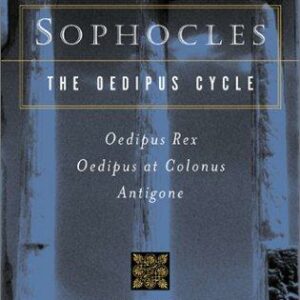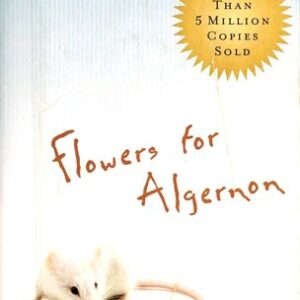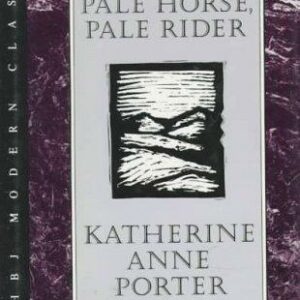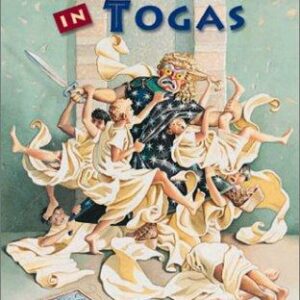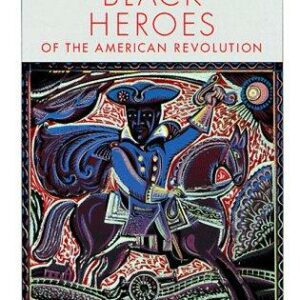A Cultural Arsenal for Democracy
$28.95
| Title | Range | Discount |
|---|---|---|
| Trade Discount | 5 + | 25% |
- Description
- Additional information
Description
“Does it seem strange to think of a museum as a weapon in national defense?” asked John Hay Whitney, president of the Museum of Modern Art, in June 1941. As the United States entered the Second World War in the months to follow, this idea seemed far from strange to museums. Working to strike the right balance between education and patriotism, and hoping to attain greater relevance, many American museums saw engagement with wartime concerns as consistent with their vision of the museum as a social instrument.
Unsurprisingly, exhibitions served as the primary vehicle through which museums, large and small, engaged their publics with wartime topics with fare ranging from displays on the cultures of Allied nations to “living maps” that charted troop movements and exhibits on war preparedness. Clarissa J. Ceglio chronicles debates, experiments, and collaborations from the 1930s to the immediate postwar years, investigating how museums re-envisioned the exhibition as a narrative medium and attempted to reconcile their mission with new modes of storytelling.
Unsurprisingly, exhibitions served as the primary vehicle through which museums, large and small, engaged their publics with wartime topics with fare ranging from displays on the cultures of Allied nations to “living maps” that charted troop movements and exhibits on war preparedness. Clarissa J. Ceglio chronicles debates, experiments, and collaborations from the 1930s to the immediate postwar years, investigating how museums re-envisioned the exhibition as a narrative medium and attempted to reconcile their mission with new modes of storytelling.
“Ceglio examines a particularly fertile and contentious moment for US museums—from the mid-1930s to the late-1940s—to explore how these institutions reimagined their role in society to become more service-oriented. A Cultural Arsenal for Democracy greatly expands our knowledge of the American museum.”—William S. Walker, author of A Living Exhibition: The Smithsonian and the Transformation of the Universal Museum“Few in-depth studies of the history of museums during the Second World War exist, and museum history has only recently begun to be examined for the contribution it can make to cultural history. This timely book makes important contributions to the fields of museum history and public history.”—Catherine Pearson, author of Museums in the Second World War: Curators, Culture and Change
CLARISSA J. CEGLIO is assistant professor of digital humanities at the University of Connecticut.
Additional information
| Dimensions | 1 × 6 × 9 in |
|---|


